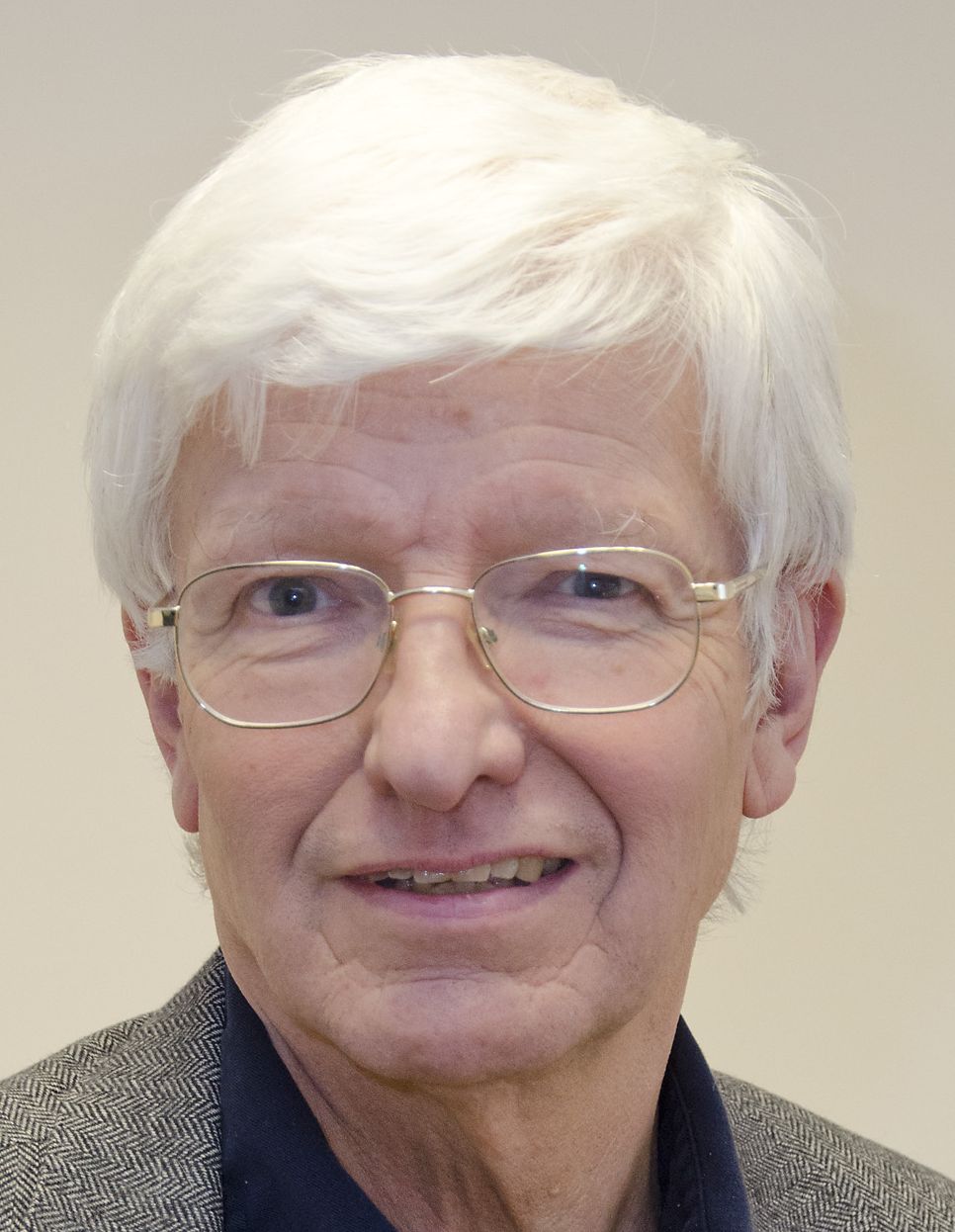
On 20 July 2015, the Royal Society announced that Professor Sir Chris Llewellyn Smith FRS, President of the SESAME Council, was one of the recipients of the 2015 very prestigious Royal Medal. He was being awarded this Medal for his major contributions to the development of the standard model of particle physics, particularly his success in making the case for building the LHC (Large Hadron Collider) at CERN.
Each year three Royal Medals are awarded, two for the most important contributions to the advancement of natural knowledge in the physical and biological sciences respectively, and a third for distinguished contributions in the applied sciences made within the Commonwealth. They are awarded on the recommendation of the Council of the Royal Society.
The Medal was created by King George IV of the United Kingdom and the first was awarded in 1826. Between 1826 and 1964 two medals were awarded each year. In 1965 the third medal, covering the applied sciences, was introduced on behalf of H.M. Queen Elizabeth II.
Chris Llewellyn Smith is a former Director General of CERN (1994-1998) and former Chairman of the ITER (International Thermonuclear Experimental Reactor ) Council and of the Consultative Committee for Euratom on Fusion, a former Director of UKAEA (UK Atomic Energy Authority) Culham, with responsibility for the UK fusion programme and operation of the JET (Joint European Torus), and past Vice President of the Royal Society. He is currently Director of Energy Research at Oxford University.
He has been President of the SESAME Council since November 2008 and will be leading SESAME to commissioning of the laboratory with two ‘day-one’ beamlines in late 2016/early 2017.
These beamlines are an IR (infrared) beamline that will produce photons with energies 0.01 to 1 eV for spectromicroscopy, and will be used in biological applications, environmental studies, materials, and archaeological sciences, and an XAFS/XRF (X-ray absorption fine structure/X-ray fluorescence) spectroscopy beamline that will have potential applications in materials and environmental sciences, providing information on chemical state and local atomic structure which is used for designing new materials and improving catalysts (e.g. for the petrochemical industries), and identification of the chemical composition of fossils and of valuable paintings in a non-invasive manner.
They will be followed not long after by an MS (materials science) and MX (Macromolecular crystallography) beamline.

